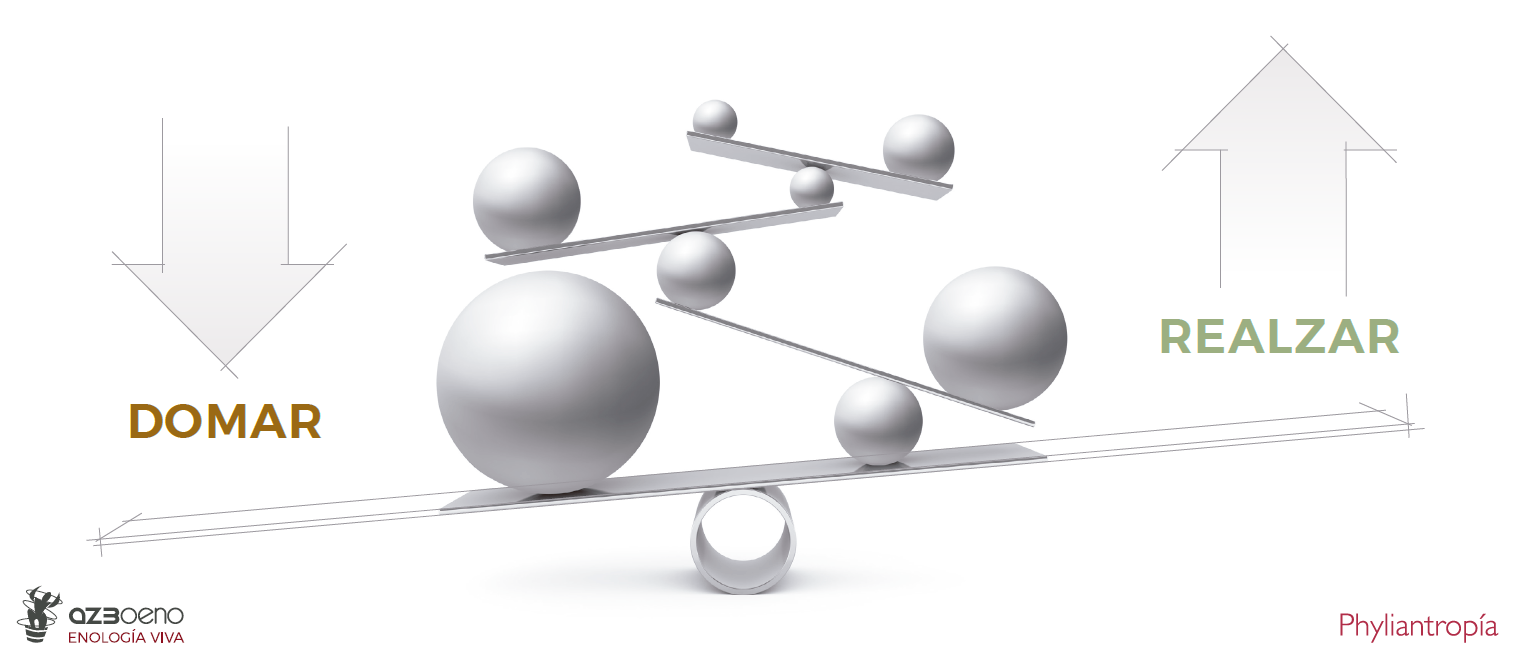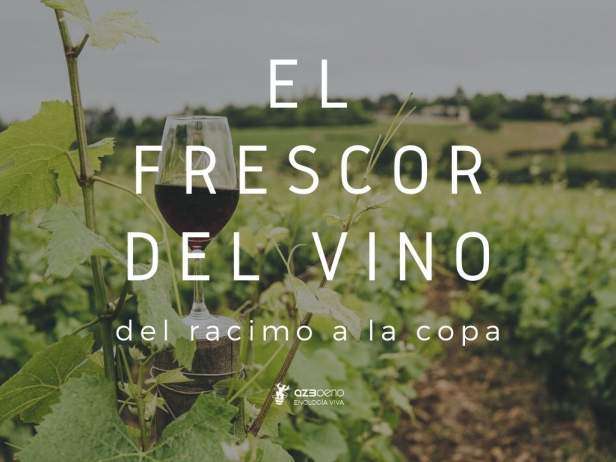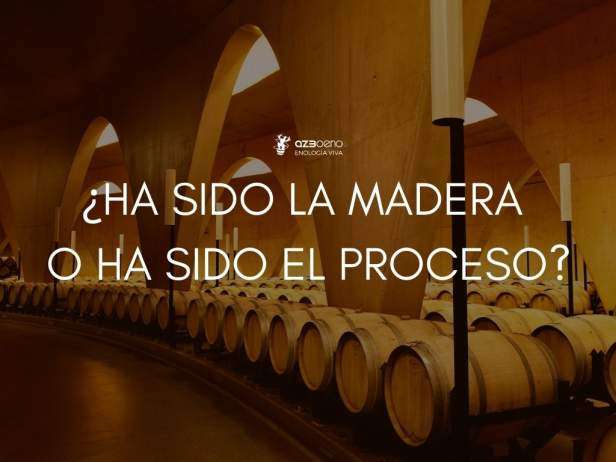
We are starting to see the details of the 2019 harvest and to discover the virtues of each of them.
We will observe the different degrees of maturity of the wines from vegetal wines to the most mature, and from the lightest to the most concentrated.
But the concept that worries winemakers most is the balance of the wine.
When we talk about a harmonious wine, we mean that it is balanced. What should the wine’s balance be? Each winemaker has a preference so there are different styles of wines.

There are different components that are part of these balances: acidity, astringency, sweetness, alcohol, fat, fruit, wood, etc. To say that a wine is balanced, all these components must have a ratio between them that make the desired balance. Each of these components play a crucial role in the harmony of the wine.
There are wines that can be built based on their aromatic style, their structure and the fruit/wood balance, we can have for example:
- Varietal profile with wood, aromatically fresh or ripe and with a light structure.
- Fermental profile with wood and a light structure.
If the fruit is an important part of this balance, if it is lost over time, lightly structured wines remain thin and short in the mouth, the more structured ones maintain persistence but are tannic and aggressive.
Therefore, in these cases we must emphasize the importance of maintaining the fruit so that the wine balances are sustained over time.
In 21st-century enology, we have the necessary tools to keep the wines in a reducing state in order to protect the fruit, with the power to increase the structure of the wines, increase the center of the mouth or smooth tannic roughness.
By keeping track of sustainability and organoleptic issues, we can adjust the balances with various solutions.
In 2019 we present the Phyliantropia concept and in 2020 we continue along the same lines, Welcome to Phyliantropia 2.0!
Related news
THE FRESHNESS OF THE WINE, from the bunch to the glass
The fashion for fresh wines has ceased to be fashion to become a trend; more and more consumers are looking for elegance, length and freshness above all.
More than winemaking machines
The winemaker is the artist who observes the vineyard, interprets it and imagines the wine that could be produced from this plot.
Was it the wood or the process?
Today, we are thinking about one of the most important stages of production: the aging of the wine.


